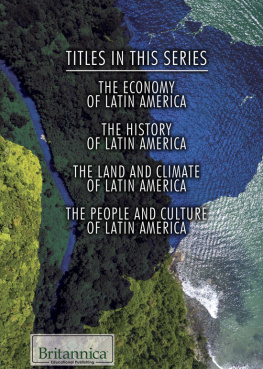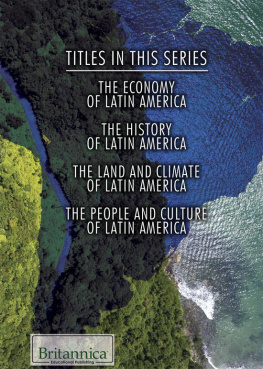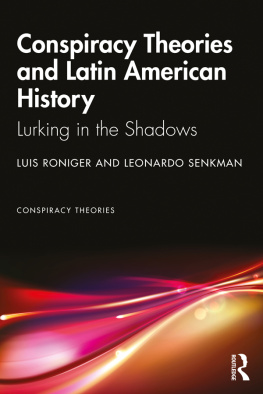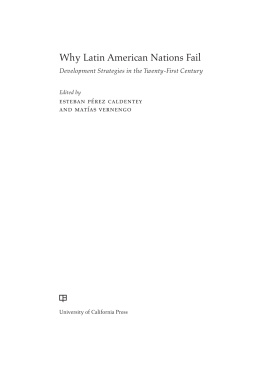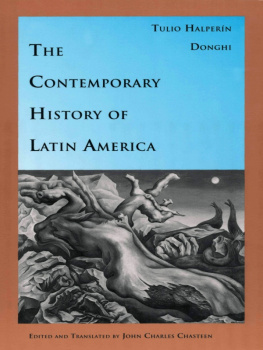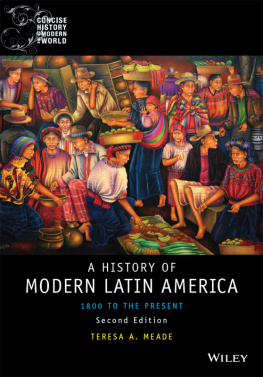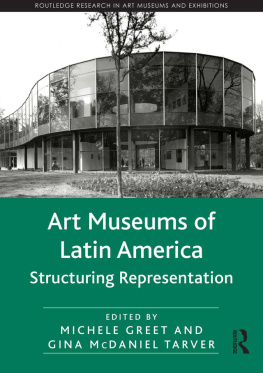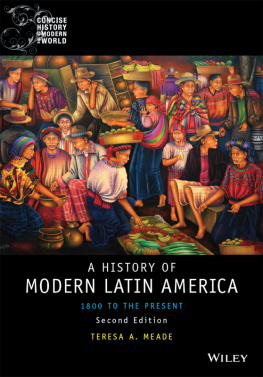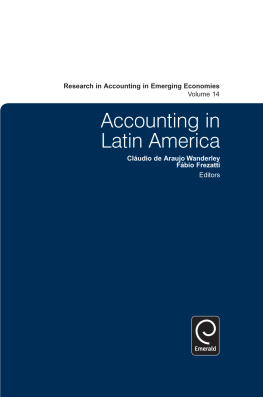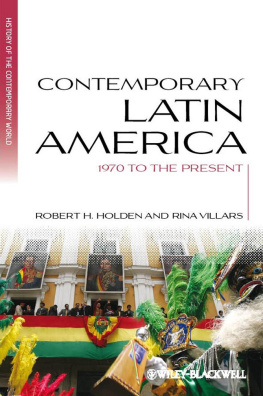
Published in 2018 by Britannica Educational Publishing (a trademark of Encyclopdia Britannica, Inc.) in association with The Rosen Publishing Group, Inc.
29 East 21st Street, New York, NY 10010
Copyright 2018 The Rosen Publishing Group, Inc., and Encyclopdia Britannica, Inc. Encyclopdia Britannica, Britannica, and the Thistle logo are registered trademarks of Encyclopdia Britannica, Inc. All rights reserved.
Distributed exclusively by Rosen Publishing.
To see additional Britannica Educational Publishing titles, go to rosenpublishing.com.
First Edition
Britannica Educational Publishing
J.E. Luebering: Executive Director, Core Editorial
Andrea R. Field: Managing Editor, Comptons by Britannica
Rosen Publishing
Carolyn DeCarlo: Editor
Nelson S: Art Director
Michael Moy: Series Designer
Ral Rodriguez: Book Layout
Cindy Reiman: Photography Manager
Nicole Baker: Photo Researcher
Library of Congress Cataloging-in-Publication Data
Names: Nichols, Susan, 1975- author.
Title: The history of Latin America / Susan Nichols.
Description: New York : Britannica Educational Publishing in association with
Rosen Educational Services, 2018. | Series: Exploring Latin America |
Audience: Grades 5 to 8. | Includes bibliographical references and index.
Identifiers: LCCN 2016058547| ISBN 9781680486841 (eBook)
Subjects: LCSH: Latin AmericaHistoryJuvenile literature.
Classification: LCC F1410 .N53 2018 | DDC 980dc23
LC record available at https://lccn.loc.gov/2016058547
Manufactured in the United States of America
Photo credits: Cover, p. 7 DEA/M. Seemuller/De Agostini Picture Library/Getty Images; pp. 4, 5, 9, 37 Encyclopaedia Britannica, Inc.; pp. 45, 8, 16, 23, 29, 36 (background) By Pyty/Shutterstock.com; pp. 1011 Windmill Books/Universal Images Group/Getty Images; pp. 1213 Digital Vision/Getty Images; pp. 1415 robert lerich/Fotolia; p. 17 Victor Englebert; p. 19 Jan Peula; pp. 2021 Eli Coory/Fotolia; p. 24 ullstein bild/Getty Images; p. 25 Photos.com/Thinkstock; p. 27 DEA/G. Dagli Orti/De Agostini/Getty Images; p. 30 Historic Map Works LLC/Getty Images; p. 31 Leemage/Universal Images Group /Getty Images; p. 33 Jeremy Woodhouse/Digital Vision/Getty Images; pp. 35, 42 Bettmann /Getty Images; pp. 3839 Stefano Bianchetti/Corbis Historical/Getty Images; p. 41 U.S. Navy; back cover by Filipe Frazao/Shutterstock.com.

CHAPTER ONE
THE INDIGENOUS PEOPLES OF LATIN AMERICA
CHAPTER TWO
CONQUERING THE NEW WORLD
CHAPTER THREE
LATIN AMERICA UNDER EUROPEAN CONTROL
CHAPTER FOUR
REVOLUTION AND INDEPENDENCE
CHAPTER FIVE
WARS AMONG NEIGHBORS
N ative peoples had lived in the Americas for thousands of years by the time the first European explorers set foot on their land. Although the Italian-born explorer Christopher Columbus was not the first European to reach the Americas (Vikings such as Leif Eriksson had visited North America five centuries earlier), the arrival of his ships in the West Indies in 1492 is an important milestone, since it marked the beginning of the colonial era in Latin America. Columbus, whose voyages were sponsored by the Spanish monarchs Ferdinand II and Isabella I, reached the South American mainland by 1498. Within decades, the Spaniards would locate and occupy the areas of greatest indigenous population and resources in Latin America. Other European powers soon followed.

This map illustrates the four journeys undertaken by Christopher Columbus and his crew across the Atlantic Ocean between 1492 and 1504.
But if these lands represented a new world for Europeans, they were a very old world for the native peoples Columbus and his successors encountered. These peoples included the Maya of the Yucatn Peninsula, the Aztec of Mexico, the Inca of Peru, and many others. Their ancestors had arrived in Latin America some twelve thousand years earlier. Over the centuries, complex cultures had developed in the region. Large cities, long-distance trade networks, and sophisticated political unions arose, as did wonders of art, architecture, and astronomical knowledge. The temple-topped pyramids of the Maya and the stepped terraces and magnificent stone dwellings of the Inca, for example, attest to the tremendous achievement of these highly skilled peoples.

This illustration shows the traditional cultural areas that existed in the Americas before the arrival of the Europeans.
Tragically, under the effects of the European explorers and colonists, these native cultures suffered nearly total annihilation. Europeans enslaved large numbers of native peoples and accidentally introduced diseases to the Americas that decimated the indigenous population. Eventually, Spain ruled Mexico, Central America, much of South America, and parts of the West Indies. Portugal ruled Brazil. France claimed what is now French Guiana and several islands in the Caribbean. Many Europeans settled in these areas. They brought their languages, their Roman Catholic religion, and their culture to the region. Europeans also brought in many Africans as slaves.
It was not until the 1800s that most of Latin America gained independence from Europe. Spains holdings in the region were largely lost between about 1810 and 1825 through a series of revolutionary movements. An outstanding Latin leader emerged during this period, the rebel general Simn Bolvar, who became known as El Libertador (The Liberator) for freeing numerous areas from Spanish rule. Only the islands of Puerto Rico and Cuba remained as Spanish colonies, and these were lost in the Spanish-American War in 1898. Many of the new countries in Latin America set up governments based on the democratic pattern of the United States and France. Since that time, however, military leaders have often seized power, creating dictatorships in the region.

This painting depicts Simn Bolvar leading his army at the Battle of Junin, on August 5, 1824, during the Peruvian War of Independence.
In the early twenty-first century, political instability still plagues some Latin American countries, and economic and social challenges remain. But increasingly, Latin America has assumed a more prominent role on the world stage. All eyes were on Brazil when it hosted the 2014 World Cup soccer championship and the 2016 Summer Olympic Games. In 2013 a humble priest from Argentina became Pope Francis I, the first Latin American to head the Roman Catholic Church. And in 2016 the president of Colombia, Juan Manuel Santos, received the Nobel Peace Prize for his efforts to end the decades-long civil war in that country.
Latin America continues to evolve and to fascinate. Its rich and dramatic history is presented in this volume, which provides a compelling look at the factors and events that have shaped this vibrant, ever-changing region.


